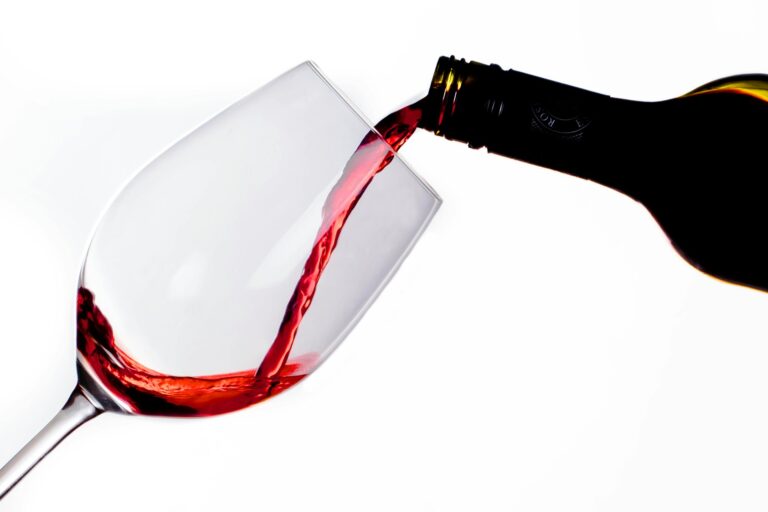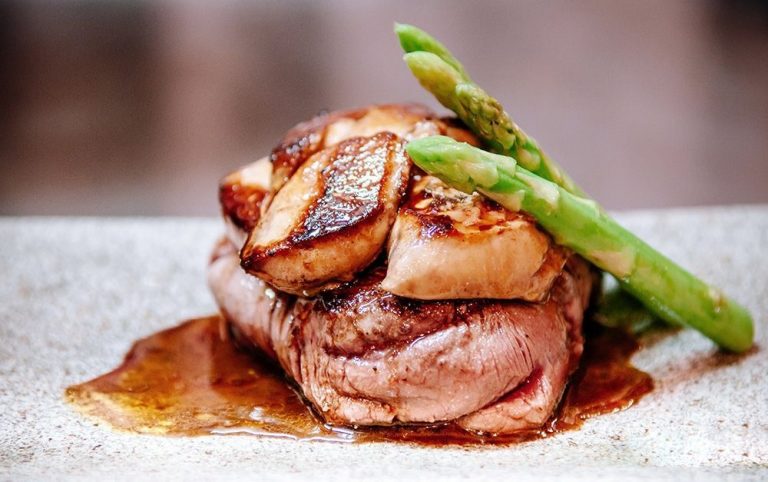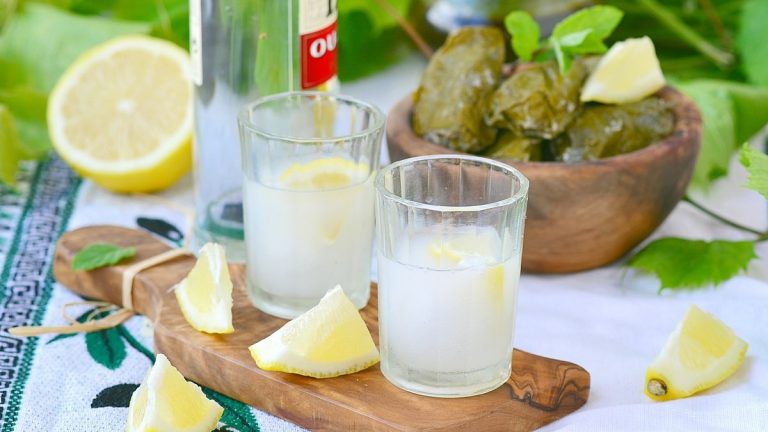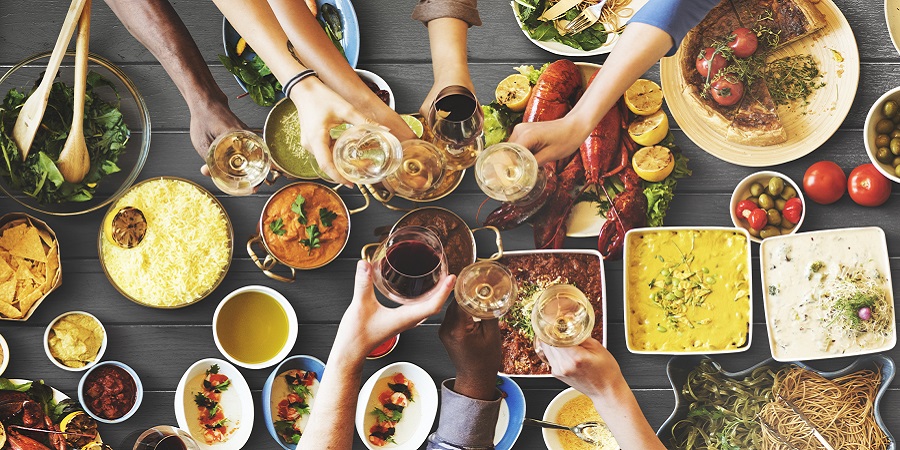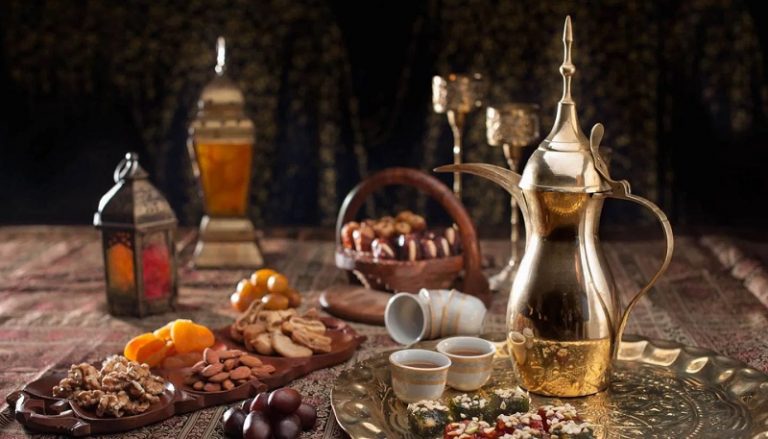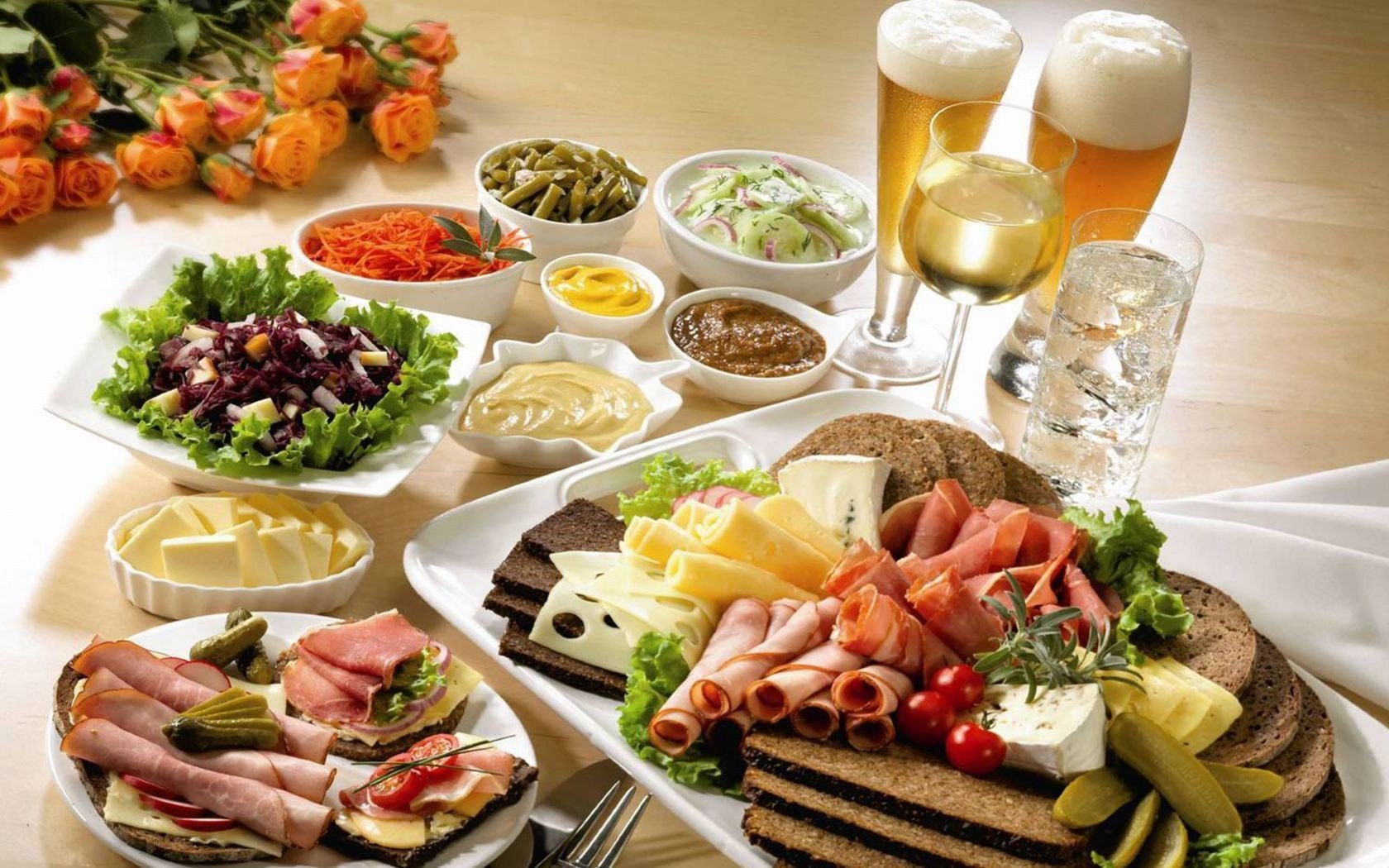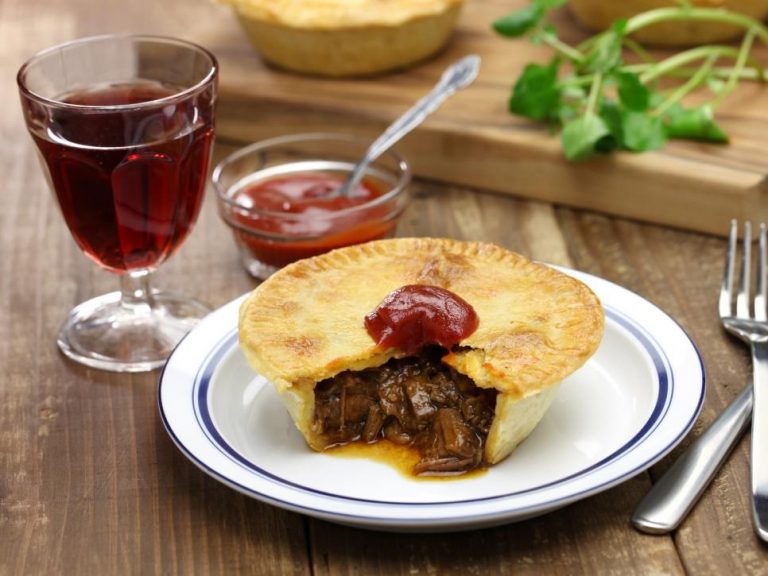Burgundy, a region in eastern France, is one of the most revered wine-producing areas in the world. Known for its rich history dating back to the Romans, Burgundy’s winemaking legacy has been shaped by centuries of careful cultivation and an intrinsic understanding of the land. The region is celebrated not only for its exceptional wines but also for its complex classification system, which has been a model for wine production standards globally.
The Essence of Burgundy Wines
At the core of Burgundy’s wine reputation is its unique terroir, which provides the perfect conditions for growing Pinot Noir and Chardonnay, the region’s primary grapes. These grapes are the canvas for a tapestry of wines that express a range that is as diverse as it is exquisite. From the powerful and rich reds of the Côte de Nuits to the refined and elegant whites of the Côte de Beaune, each wine offers a distinct representation of its vineyard of origin. If you’re exploring the variety of the region, there are distinctive Burgundy wines to try that showcase the subtleties and complexity of these celebrated vineyards.
The Burgundy Classification System
Understanding Burgundy’s complex classification system is key to appreciating the region’s wines. It starts with the basic regional appellations, which produce wines intended for immediate consumption. Moving up the quality ladder, you encounter the village wines, which are named after the towns near which the grapes are grown. Premier Cru wines are from specific vineyard areas within a village that are recognized for higher quality, and at the top are the Grand Cru wines, which represent the pinnacle of Burgundy’s wine production.
Wine Production Techniques
Traditional winemaking techniques are a hallmark of Burgundy’s style, emphasizing minimal intervention to allow the natural characteristics of the wine to flourish. Pinot Noir, for instance, is typically fermented in small open vats and aged in French oak barrels, which imparts subtle woody notes and adds complexity. Chardonnay, on the other hand, might be fermented and matured in barrels or stainless steel, depending on the desired style of the finished wine.
Tasting and Pairing Burgundy Wine
Tasting Burgundy wine is an experience that engages all senses. The reds are known for their delicate, yet complex, profiles with aromas of cherries, berries, and earthy undertones, while the whites often carry fragrant floral and citrus notes with an undercurrent of minerality. These wines pair beautifully with food; red Burgundies go well with game and roasted meats, whereas white Burgundies complement dishes like seafood, chicken, and creamy sauces.
Sustainability in Burgundy
The wine producers in Burgundy are increasingly adopting sustainable practices to preserve their heritage. From organic viticulture to biodynamic practices, these methods not only help in maintaining the health of the vineyard but also ensure that the production process is environmentally friendly and sustainable for future generations.
A Region of Unparalleled Excellence
Burgundy remains a benchmark for quality in the wine world, offering wines that are a pure expression of place. Whether you are a novice wanting to explore the nuances of wine tasting or a seasoned enthusiast looking for depth and complexity, Burgundy has something to offer. Discovering its wines is not just about tasting; it’s about experiencing a profound connection to a region that has been dedicated to the art of winemaking for centuries.

